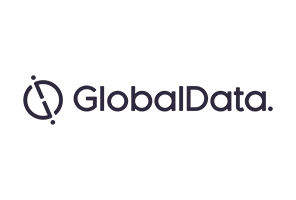To improve transparency in healthcare costs and eliminate excessive profit margins associated with multi-tier distribution networks, China launched a “two invoices” system in pharmaceuticals and medical devices distribution on a trial basis in 2014.
The policy encourages manufacturers to directly bid for the procurement instead of the distributors, and requires a manufacturer to only issue one invoice to its distributor followed by the distributor issuing a second invoice to the end customer hospital. So far, the system has been implemented in 11 pilot provinces across the country. Recently, the State Council reiterated the goal to fully implement the two invoices system across China by the end of 2018.
How well do you really know your competitors?
Access the most comprehensive Company Profiles on the market, powered by GlobalData. Save hours of research. Gain competitive edge.

Thank you!
Your download email will arrive shortly
Not ready to buy yet? Download a free sample
We are confident about the unique quality of our Company Profiles. However, we want you to make the most beneficial decision for your business, so we offer a free sample that you can download by submitting the below form
By GlobalDataThe distribution network of China’s pharmaceuticals and medical devices has been characterized by numerous small scale and localized sub-distributors, which have led to a highly fragmented structure that makes room for higher prices and corruption.
The two invoices system aims to push less competitive sub-distributors out of the market and consolidate the supply chain, giving top-tier large-scale distributors more opportunities to grow. With only one layer of distribution in the value chain, the two invoices system should effectively reduce supply chain distortions, if implemented nationwide, and ultimately reduce the financial burden that many hospitals are facing in China.
While the newly launched two invoices system will have a profound impact on the Chinese healthcare sector in the next five years, GlobalData expects the reform to have some net gains for MNCs. First, a direct sales model will help drive more direct involvement in the bidding, cultivating a closer relationship with hospitals. Moreover, the new system forces rigorous assessment of the qualification and compliance status of the service provider, and only the most efficient distributors will survive following the consolidation. As a result, MNCs should find it easier to navigate the landscape and seek reliable channel partners in China’s healthcare sector.
See Also:
Nevertheless, multiple challenges remain in adapting to the changes. At present, a number of MNC companies engage a third-party logistics service provider to act as the importer and distributor of the imported products due to the distribution license restriction in China. With the two invoices system, MNC companies are expected to bring more marketing and sales support into their own subsidiaries in China for better management of the supply chain, which can be costly. Furthermore, the differences between the ex-manufacturer price and hospital procurement price are currently much greater than the normal margins earned by a distributor.
The challenge to the manufacturer is how to determine its ex-factory price under the two invoices system. To fulfil the shifting regulatory requirements, MNCs will need a more nuanced understanding of the Chinese market, and to establish a well-coordinated approach to reorganize current channels and sustain the momentum.










Related Company Profiles
MNC Corporation